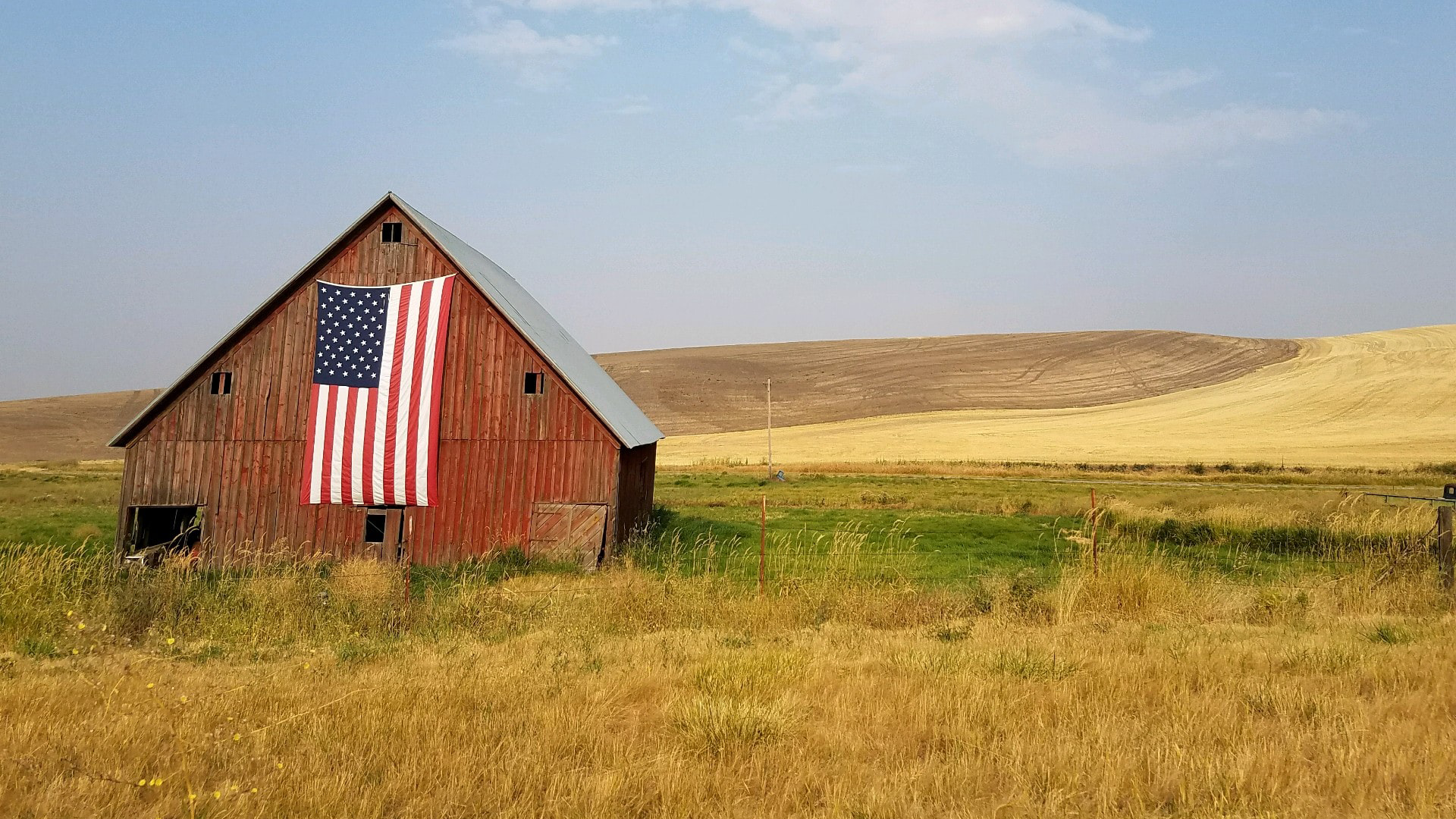Countless tragedies mark the start of 2023 in the USA, but conversations around gun violence and firearm laws remain stunted.
When I set out to write this article last week, my intention was to focus on the mass shooting at Monterey Park, California, where 11 people were killed over Lunar New Year weekend.
The suspect was a man of Asian descent and police are still investigating his motives.
But just two days later, on January 23rd, another mass shooting took place in Half Moon Bay, killing 7 people.
Both shootings have been viewed as anti-Asian violence.
There has been a rise in violence against Asian Americans since the COVID-19 pandemic, where the Trump administration fuelled an anti-Chinese rhetoric, drawing unfounded associations between Chinese people and the Coronavirus.
From 2019 to 2020, anti-Asian hate crimes rose nearly 150% in the US, with most of these incidents happening in workplace settings.
The shooting in Monterey Park triggered fearful and angered responses from Asian American advocacy groups, who described it as another blow ‘after years of high-profile anti-Asian violence around the country’.
Police in San Francisco were also encouraged to step up patrols at other Lunar New Year celebrations following the attack.
Two mass shootings in California are just the tip of the iceberg. The US has faced a striking 39 mass shootings since the start of 2023. Nearly 70 people have died as a result.
The Gun Violence Archive classifies a mass shooting as any armed attack in which at least 4 people are killed or injured.
Outside of mass shootings specifically, more than 1200 people have been shot dead in the US so far in 2023. This includes 120 children.
While reports of the Monterey Park shooting were still breaking, reporters had to cut to another mass killing at a school for at-risk young people in Des Moines, Iowa.
And since the Half Moon Bay shooting on the 23rd January, another, just hours later, saw two dead and three injured in Chicago.
California Gov. Gavin Newsom responded to the slew of shootings on Twitter this week; ‘At the hospital meeting with victims of a mass shooting when I get pulled away to be briefed about another mass shooting. Tragedy upon tragedy.’
Despite the perpetual fear gripping America, a fear that such violence could break out any moment, in any context, debates around firearms are as complex as ever.
Just as calls for more gun control are growing, so are the sales of firearms – as individuals feel a growing need for self-protection.
As the New York Times reported this week, ‘public shooting sprees rivet the nation, but can also have the effect of normalising violence’.




















